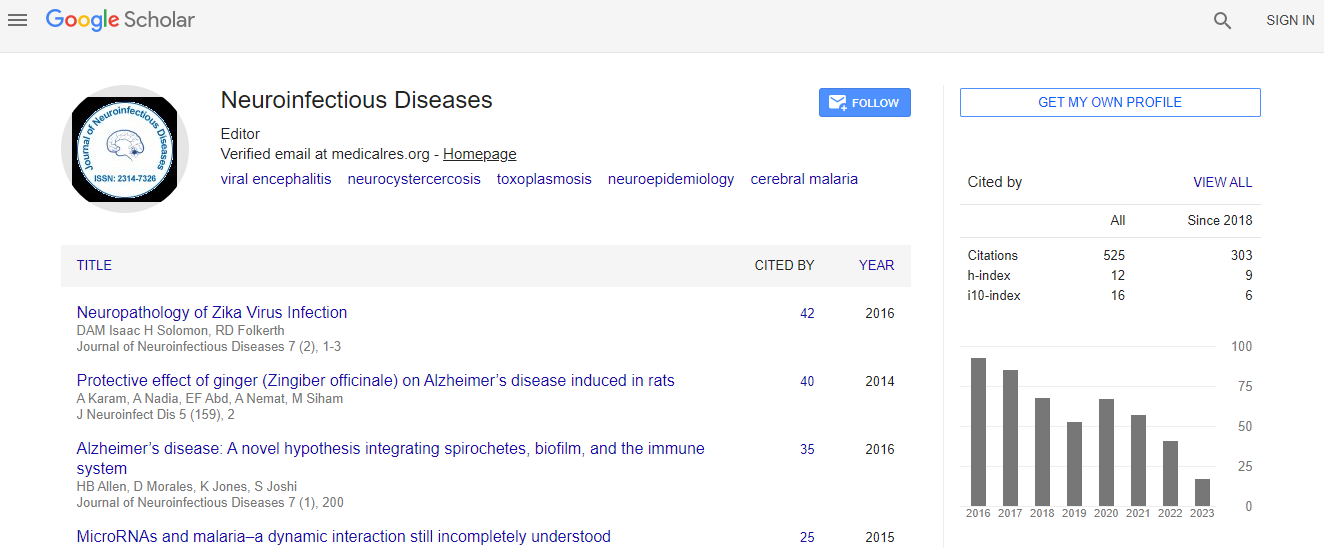Case Report
Pathogenesis of An Intracranial Mycotic Aneurysm in An Immunocompromised Patient
Neelan J Marianayagam1*, Sagi Harnoff1, Shalom Michowiz1,2 and Gustavo Rajz1,21Department of Neurosurgery, Rabin Medical Center, Petah Tiqva, Israel
2Pediatric Neurosurgery Unit, Schneider Children脙垄脗鈧傗劉s Medical Center of Israel, Petah Tiqva, Israel
- *Corresponding Author:
- Neelan J Marianayagam
Department of Neurosurgery
Rabin Medical Center
Petah Tiqva, Israel
Tel: +97239377377
E-mail: neelanm@gmail.com
Received date: April 14, 2017; Accepted date: May 04, 2017; Published date: May 06, 2017
Citation: Marianayagam NJ, Harnoff S, Michowiz S, Rajz G (2017) Pathogenesis of An Intracranial Mycotic Aneurysm in An Immunocompromised Patient. J Neuroinfect Dis 8:245. doi:10.4172/2314-7326.1000245
Copyright: © 2017 Marianayagam NJ, et al. This is an open-access article distributed under the terms of the Creative Commons Attribution License, which permits unrestricted use, distribution, and reproduction in any medium, provided the original author and source are credited
Abstract
Mycotic intracranial aneurysms are rare entities that can be rapidly fatal. The pathology of these lesions are usually due to bacterial infections however in exceptional cases such as immunocompromise, fungal agents are also found to be the cause. In this study, we present the case of a 43-year old, immunocompromised, male patient who suffered from a ruptured mycotic aneurysm after undergoing surgical evacuation of a basal ganglia brain abscess. Pathological analysis of the lesion showed that Aspergillus fumigatis was the causative agent. Since these types of lesions are rare, there are few clinical guidelines for treatment. We emphasize that in an immunocompromised patient with sudden neurological deterioration, mycotic intracranial aneurysm should be in the differential diagnosis.

